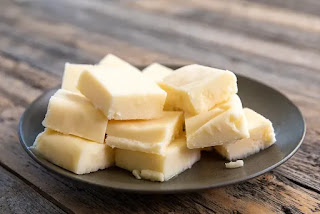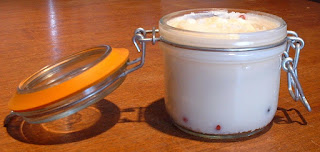Beef drippings are always the by product of a well smoked, wrapped brisket. When finished resting and uncovered the amount of liquid might surprise you. I used to discard this, but now I uncover the brisket in a deep dish pan in order to catch all the drippings.
Au Jus is used mostly for dipping sandwiches, meat, or to simply pour over your meat. You can make this easily by:
¼ cup beef drippings
1 ½ tablespoons all-purpose flour
2 cups beef broth
salt and ground black pepper to taste
Melt drippings in a skillet over medium-high heat. Whisk in flour and cook, whisking constantly, until the mixture thickens, about 3 minutes. Add beef broth gradually, whisking constantly, then increase heat to high and bring to a boil; season with salt and pepper to taste. Serve alongside your meat dish or sandwich.
Proper storage of beef tallow is crucial to maintain its quality and extend its shelf life. Tallow should be stored in a cool, dark place, ideally in an airtight container, to prevent oxidation and exposure to moisture. Refrigeration is recommended, especially for long-term storage, as it significantly slows down the rate of rancidity, ensuring the tallow remains fresh and usable for several months. If you choose to store tallow at room temperature, ensure its kept away from direct sunlight and heat sources, which can accelerate spoilage. It can last for up to a year. In order to prevent spoilage, use only clean utensils to scoop from your jar.
There are three main nutritional benefits to this type of fat:
>Conjugated Linoleic Acid (CLA): This is a type of fat that’s known for its anti-inflammatory properties, which may help in reducing the risk of heart disease and cancer.
>Rich in Vitamins: Beef tallow is a great source of fat-soluble vitamins A, D, E, K and B12. These vitamins support various bodily functions, from eyesight to bone health.
>Omega Fatty Acids: Omega-3 and Omega-6 fatty acids are essential for brain function, growth, and development. They also aid in reducing inflammation in the body.
"Cooking is about being creative and trying new things".
The Pioneer
WiFi provided by AT & T Wireless













No comments:
Post a Comment